Side Effects

The disconcertingly sedated Side Effects drew me in from the opening shot: the image, blurry at first, sleepily moves towards a vast, square building, with rows upon rows of identical square windows. In classic neo-noir style, the setting is urban and claustrophobic. But it’s also empty, unemotional and clinical. This begins Soderbergh’s critique of American society: his world is subtly dystopian and recognisably contemporary, it’s a world which promotes a sense of loss, anonymity, anxiety and depression and so attempts to suppress these feelings with mood altering, ‘quick fix’ drugs under the guise that “they don’t make you anything you’re not, they just make it easier to be who you are”. The film explores the side effects, the inevitable unwanted symptoms, of American big pharma culture, where no one is redeemed and depression is big business.
While a feeling of infectious intoxication runs throughout Side Effects, its Hitchcockian influences ensure its construction and development is clean, clear and classical. In the first scene a camera tracks along the floor of a well-to-do apartment and, bit by bit, a crime scene is revealed: a chair has been knocked over and there is a trail of blood, smudged with footprints. But, as with everything else in this carefully constructed film, we have to wait to find the truth behind this mystery. The action cuts to ‘3 Months Earlier’. Emily (Rooney Mara), a frail, young woman is waiting for her husband (Channing Tatum) to be released from prison. They are seemingly happily married but she is clinically depressed, having tried a variety of anti-depressants (”Prosac, Wellbutrin, Effexor…”) but without success.
Emily loses hope and drives her car into a brick wall in an apparent suicide attempt. At the hospital she meets the compassionate, handsome psychiatrist Dr. Banks (Jude Law) who, after consulting with her ex psychiatrist, Dr. Siebert (Catherine Zeta-Jones), decides that Emily is a candidate for a new neuro-med called Ablixa. In the meantime Dr. Banks is getting paid a hefty 50 thousand for promoting and trialing an anti-anxiety drug, while he also enjoys popping and prescribing pills left, right and center. Ablexa seems to be working for Emily but things start getting weird: she sleepwalks and seems to be in a permanent stupor. Then one night something happens which turns both Emily’s and Dr. Banks’ lives upside down – and when all is finally revealed, you will be wanting a second viewing, to look for clues you will have missed.
Soderbergh is clearly a masterful filmmaker. The direction, cinematography and editing kept me continually compelled and involved to the point where, at times, I felt as nauseous and drugged as the characters. Similarly, the script (written by Scott Z. Burns, who collaborated with Soderbergh on his medical thriller Contagion) purposefully kept me disorientated and expertly shifted my alliances from one perspective to the other, and then back again. One of the most successful aspects of Side Effects is the original score, by regular Soderbergh collaborator Thomas Newman, which combines beautifully with the other elements and is responsible for some of the more haunting and disturbing moments in the film.
Rooney Mara is so watchable. Her performance somehow sums up the tone of the film – dazed but with moments of cunning. She is hauntingly beautiful and manages to depict an innocence and vulnerability while being simultaneously quite creepy and this contradiction allows her adopt the role of the perfect modern femme fetal. Unfortunately the subtlety of her performance cannot be totally matched by Jude Law and Catherine Zeta-Jones, both of whom had the tendency to momentarily break my engrossment with their portrayals, which where distinctly more ‘acted’ in comparison. Zeta-Jones in particular sometimes seemed like she’d stuck on a pair of glasses and a smirk and claimed to be a psychiatrist (though perhaps that was exactly the point).
There is the odd moment in Side Effects when the plot feels slightly constructed – and there are very minor plot holes. But ultimately this film is beautifully crafted and carefully constructed. It entertains, informs, observes and hypnotises. Soderbergh has ended on one of the best of his career.


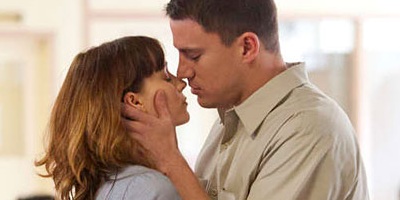

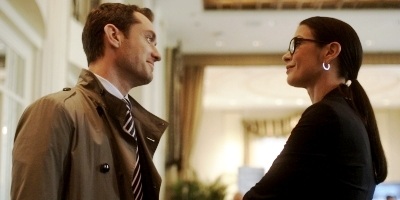
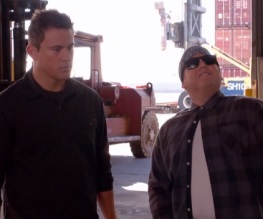

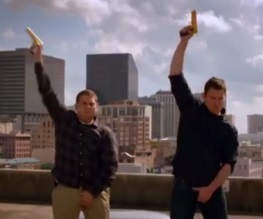
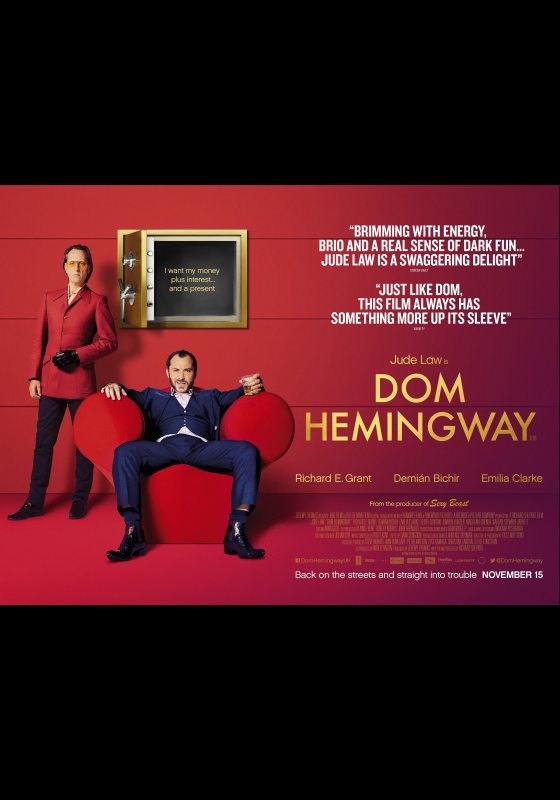
Recent Comments